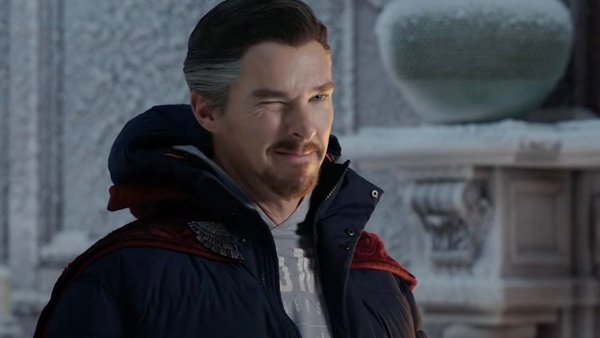Spider-Man No Way Home: Ending Explained

Phase 4 has a lot to live up to. The MCU's initial 3 parts told a rich, interwoven story of power and conflict on a galactic scale, culminating with the death of half of all life in the universe and, finally, an enormous battle back on Earth that paid off 22 entire movies worth of set up. How they top that, or even begin to live up to it, is anybody's guess. What we do know at this stage is that, where the Infinity Stones were the driving Maguffin up to this point, the Multiverse looks like being the jumping-off (and, occasionally, 'into') point for Phase 4.
So, in summary, it's real. It exists. What we saw of it in WandaVision was the door slowly beginning to creak open, before the ending of Loki just fully booted it off its hinges. There is now a limitless number of timelines and an infinite amount of possibilities, with no governing body to go around cleaning any of them up. From a narrative perspective that's incredibly exciting, but from a marketing one it simply means that everything now is canon, and everything is on the table.
Charlie Cox reprising his role from the Netflix series, Tom Hardy crossing over from Sony's Spiderverse, and of course Garfield and Maguire making these groundbreaking returns means no concept is not beyond the bounds of narrative possibiltity. The decision to forgo the usual post-credits scene and just lean fully into a trailer for Doctor Strange And The Multiverse Of Madness shows that Marvel desperately wants your imagination to run fully into overdrive for the next few years.
Where we go from here is anyone's guess, but it's going to be a hell of a ride.